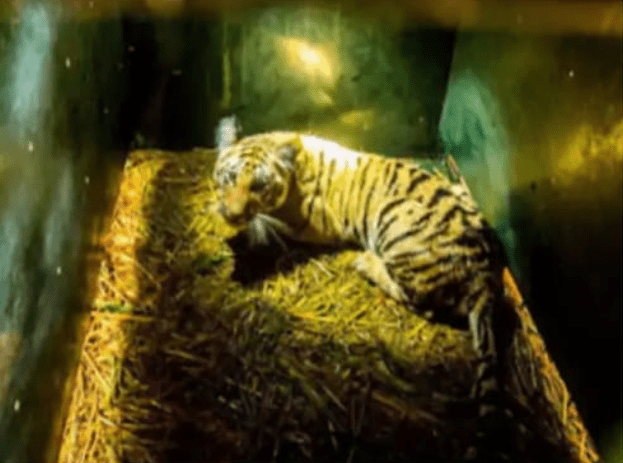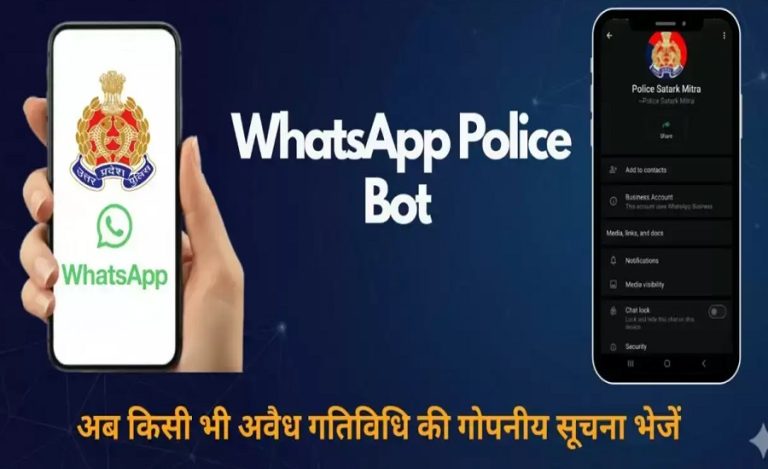Nauradehi Sanctuary or Veerangana Durgavati Tiger Reserve, once devoid of its apex predators, now echoes with the powerful sounds of 19 tigers. This remarkable comeback story is not just about numbers, but about resilience, adaptation, and the unwavering dedication of the Forest Department. It’s a tale of two tigers, Radha and Kishan, who defied the odds and carved their own destinies in a new land.
Indian Masterminds exclusively spoke with the DFO of the sanctuary, IFS officer Abdul Ansari, to learn about the success story of Veerangana Durgavati Tiger Reserve.
BLEAK PAST AND HOPEFUL PRESENT
In 1998, the tiger population in this area ranged from 15 to 20. However, due to factors like hunting, the tiger count steadily declined, reaching a point in 2011 where not a single tiger remained. Subsequently, a tiger settlement initiative commenced in 2017, marking the inception of the narrative featuring tigress Radha and tiger Kishan.
Currently, the resounding roars of 19 tigers echo through the Veerangana Durgavati Tiger Reserve, all belonging to the lineage of Radha and Kishan. The process of establishing these tigers in Nauradehi proved to be a formidable challenge.
RADHA’S TALE
Radha took her first breath in the Pench Tiger Reserve located in the Seoni district of Madhya Pradesh. Her mother, Baghin Nala (BM-6), earned the title of the matriarch of Pench for her significant contribution to the increase in the tiger population within the reserve. In 2017, tigress Nala brought four cubs into the world. Tragically, when the cubs were just three months old, Nala met her demise under suspicious circumstances.
The unfortunate incident unfolded in the Karmajhiri range of Pench, where malicious individuals tainted the water with poison to target wild animals. Nala, unknowingly, along with her four cubs, consumed the poisoned water, leading to the simultaneous demise of Nala and two cubs. The forest department discovered a male and female cub in critical condition, transporting them to the Kanha Tiger Reserve.
“Despite efforts, the male cub did not survive the treatment, while the surviving female cub exhibited extreme weakness. Unable to release her into the wild, we housed her in the enclosures of Kanha Tiger Reserve for a duration of one and a half years, naming her Radha,” Mr. Ansari shared.
Following the loss of her mother, three-month-old Radha spent the initial phase of her life within an enclosure. As Radha grew, she became the chosen candidate for a significant endeavor: the reintroduction of tigers into the Nauradehi Sanctuary.

PLAN IN MOTION
At the age of one and a half, plans were set in motion to repopulate the Nauradehi Sanctuary, a region that had been devoid of tigers. The Forest Department initiated preparations, and for the success of this ambitious project, a female tigress was required. Radha, with her unique background, emerged as the prime choice.
Mr. Ansari highlighted two compelling reasons behind selecting Radha. Firstly, she was the offspring of the matriarch, tigress Nala, renowned for her role in populating the Pench Tiger Reserve. Secondly, Radha needed a new territory for her survival. Placing her in an area already occupied by tigers would have jeopardized her chances, potentially leading to territorial conflicts.
Thus, with careful consideration, Radha, carrying the legacy of her mother, embarked on a journey to settle in the Nauradehi Sanctuary, contributing to the broader efforts of tiger conservation in Madhya Pradesh.
BEACON OF HOPE
Upon the guidance of experts, Radha was introduced to the Nauradehi forest on April 18, 2018. Concerns arose among wildlife experts as Radha had never acquired the skills of hunting in the wilderness. The pivotal question lingered: if she were to have offspring, how would she nurture and instruct them in the art of hunting?
Despite these uncertainties, the Forest Department took a calculated risk with Radha. While tigers typically teach their cubs to hunt, Radha’s mother couldn’t impart such training. However, Radha defied every apprehension voiced by the experts. In 2019, she gave birth to three cubs, bringing a beacon of hope for the augmentation of the tiger population in Nauradehi.
WHERE IS RADHA?
The joy within the Forest Department was boundless upon learning about Radha’s cubs. Unfortunately, it was short-lived, as the location of Radha’s radio collar consistently indicated the same place where she had given birth to her offspring.
This raised concerns among the forest staff, fearing a potential untoward incident. As the radio collar continued to persist in one location, the forest staff diligently searched for Radha for eight months.
“In January 2020, Radha and her cubs were finally spotted in a trap camera in the forest. Subsequently, Radha underwent another round of searching and was fitted with a new radio collar to monitor her movements,” Mr. Ansari told Indian Masterminds.
“Radha not only learned to hunt herself but she also raised her cubs well. Nature itself has taught Radha to live. This is a miracle of nature,” he further added.
KISHAN’S TALE
Prior to his arrival at Nauradehi Sanctuary, Kishan roamed tirelessly, evading human encounters to preserve his life. Originating from the Panna Tiger Reserve, Kishan had ventured into the forests of Katni, where a scarcity of woodlands and an abundance of human settlements prevailed. In these areas, Kishan resorted to hunting cattle in the surrounding villages, earning him the label of a ‘cannibal’.
Growing resentment among the villagers towards Kishan heightened the risk of potential harm, as encounters with the locals could have resulted in fatal consequences for the tiger. To mitigate this escalating conflict, the forest department intervened by tranquilizing Kishan and relocating him to the Bairaha enclosure in Bandhavgarh when he was three years old.
Despite his temporary residence in Bandhavgarh, Kishan’s journey took an unexpected turn. A year later, as plans were formulated to establish a tiger population in Nauradehi, Kishan was also chosen for this critical initiative.
Upon arriving at Nauradehi, Kishan, initially left in proximity to Radha’s enclosure, underwent a strategic introduction aimed at allowing both tigers to familiarize themselves with each other’s scent.
“When Radha-Kishan were brought here, we feared that they would try to escape and go back to their previous locations, hence both of them were continuously monitored with radio collars,” Mr. Ansari said.

UNFORTUNATE DEMISE
Kishan died in a territorial fight in the month of June last year after a clash with another tiger ‘N-3’ over territory. He was badly injured in this clash. Doctors at Panna Tiger Reserve treated him, but the forest department team found his body during patrolling.
When Kishan’s postmortem was done, claw marks were found on his face. According to forest department officials, the third tiger ‘N-3’ had reached here while wandering. When Kishan died, he was 11 years old.
FUTURE PROSPECTS
Currently, with 19 tigers in the sanctuary, there is ample space for the population to grow, with the potential to accommodate up to 100 tigers. The connection to Panna Tiger Reserve through a secure corridor adds to the promise of sustained growth.
“As the Ken-Betwa Link Project progresses, providing a reservoir under the Daudhan Dam, the potential for increased wildlife population remains high,” shared the officer.
The story of Radha and Kishan in the Veerangana Durgavati Tiger Reserve is a testament to the dedication and success of conservation efforts in Madhya Pradesh. Their resilience, survival, and the subsequent flourishing of the tiger population in Nauradehi serve as an inspiration for wildlife conservationists and enthusiasts alike. The challenges faced and overcame in this sanctuary exemplify the importance of proactive measures in preserving our planet’s diverse ecosystems.

































